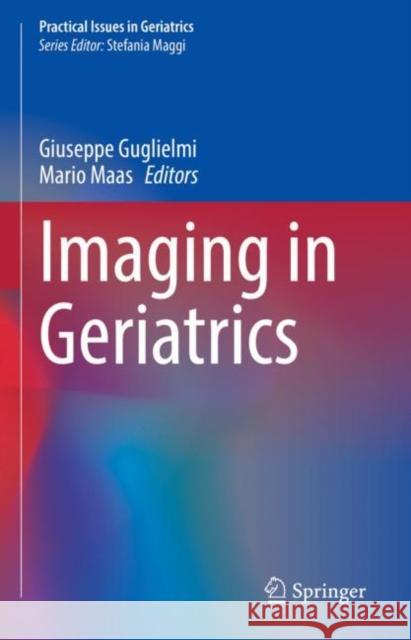Imaging in Geriatrics » książka
topmenu
Imaging in Geriatrics
ISBN-13: 9783031148767 / Angielski / Twarda / 2023 / 477 str.
Imaging in Geriatrics
ISBN-13: 9783031148767 / Angielski / Twarda / 2023 / 477 str.
cena 602,40
(netto: 573,71 VAT: 5%)
Najniższa cena z 30 dni: 578,30
(netto: 573,71 VAT: 5%)
Najniższa cena z 30 dni: 578,30
Termin realizacji zamówienia:
ok. 22 dni roboczych
Dostawa w 2026 r.
ok. 22 dni roboczych
Dostawa w 2026 r.
Darmowa dostawa!
Kategorie BISAC:
Wydawca:
Springer International Publishing AG
Seria wydawnicza:
Język:
Angielski
ISBN-13:
9783031148767
Rok wydania:
2023
Ilość stron:
477
Wymiary:
23.5 x 15.5
Oprawa:
Twarda











